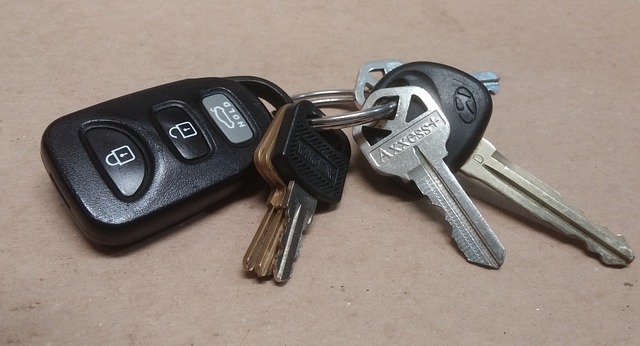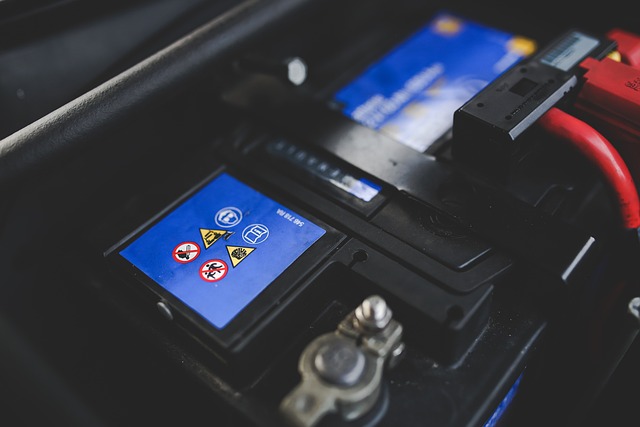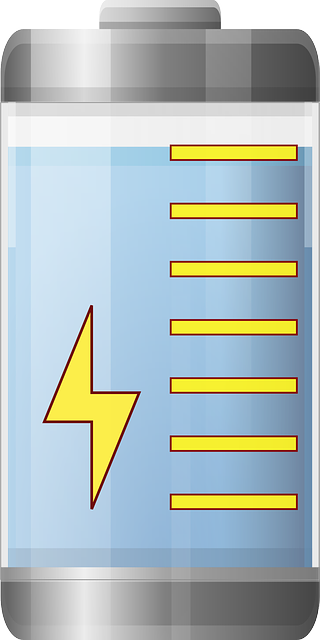Button batteries, common in household items like remote controls and musical greeting cards, pose a grave risk to young children who might swallow them. These batteries can inflict severe chemical burns within two hours due to their electrochemical activity. To prevent accidents, it is crucial for parents and caregivers to securely store and dispose of these batteries, inspect devices regularly, use child-resistant packaging, and educate both themselves and children about the dangers of ingesting button batteries. Implementing safety measures such as child-proof storage solutions and awareness campaigns can significantly reduce the risk of injury from these hazardous items. Regularly checking for secure battery compartments in products and teaching children to avoid placing small objects in their mouths are also important preventive steps. By staying informed and proactive, we can protect our children from the harmful effects of button batteries.
When it comes to household safety, understanding and mitigating risks associated with button batteries is paramount, especially for young children. This article offers a comprehensive guide on preventing the hazards these small but potent cells pose. We’ll explore the inherent dangers of button batteries, the importance of secure storage, and how to identify these batteries in everyday objects around your home. With actionable steps outlined in our childproofing guide, you can safeguard your children from the risks associated with button batteries, ensuring a safer environment for their play and discovery.
- Understanding the Dangers of Button Batteries for Children
- Safe Storage Practices to Keep Button Batteries Away from Kids
- Recognizing Potential Hazards: Identifying Button Batteries in Everyday Objects
- A Step-by-Step Guide to Childproofing Your Home Against Button Battery Risks
Understanding the Dangers of Button Batteries for Children

Button batteries present a significant hazard in households with young children. These small, round cells are commonly found in everyday items such as remote controls, musical greeting cards, and children’s toys. Due to their size and sometimes color, which can make them appealing to curious and exploring hands, they pose a serious ingestion risk. If swallowed, button batteries can cause severe chemical burns to the esophagus or other parts of the gastrointestinal tract within two hours due to the battery’s electrochemical activity. It’s imperative for parents and caregivers to be vigilant about securing these items and keeping them out of reach of children. Additionally, it’s advisable to dispose of used button batteries properly and to replace products containing these batteries with child-resistant designs when available. Awareness campaigns and educational resources are crucial in informing the public about the dangers associated with button batteries and the importance of taking preventive measures to safeguard children’s safety. Regularly checking household items for secure battery compartments and teaching children not to put small objects into their mouths can further mitigate these risks.
Safe Storage Practices to Keep Button Batteries Away from Kids

To safeguard children from the dangers associated with button batteries, it is imperative to implement strict storage practices. These tiny power sources can cause severe harm if ingested by a child, leading to serious medical complications. It is advisable to keep all button batteries out of reach and sight, preferably in a locked cabinet or storage container that is child-resistant. Since button batteries are commonly found in household items such as remote controls, musical greeting cards, and various electronic gadgets, it’s crucial to be vigilant about their disposal as well. Once a battery has served its purpose and is no longer needed, it should be immediately disposed of responsibly, ensuring that it is properly shielded or taped over to prevent access. Parents and caregivers should educate themselves on the proper disposal methods, often available through local waste management services, which can provide guidance on how to handle these hazardous items safely. By adhering to these safe storage practices, we can significantly reduce the risk of battery-related accidents involving children.
Recognizing Potential Hazards: Identifying Button Batteries in Everyday Objects

To safeguard children from battery-related hazards, it’s crucial to recognize the potential dangers that button batteries present. These small, round cells are commonly found in everyday household items such as remote controls, musical greeting cards, and bathroom scales. Due to their size and sometimes lack of proper enclosure, they can pose a significant risk if ingested. The ingestion of button batteries can cause severe chemical burns within hours due to the battery’s electrochemical activity. To prevent such incidents, vigilance is key. Parents should inspect toys and electronic devices for button batteries and ensure that these are securely fastened or that access to them is restricted. Additionally, it’s advisable to keep a well-maintained supply of these batteries in a safe location, away from children’s reach, to avoid accidental ingestion. By being aware of where these batteries are used and taking proactive steps to secure them, we can significantly reduce the risk of battery-related injuries in children. It’s imperative to foster an environment where awareness and precautionary measures are routine practices for the safety of our youngest family members.
A Step-by-Step Guide to Childproofing Your Home Against Button Battery Risks

To safeguard your young ones from the risks associated with button batteries, it’s crucial to childproof your home effectively. Begin by conducting an inventory of all devices and items that contain button batteries. These can be found in everything from remote controls to musical greeting cards. Once identified, secure these items out of reach or opt for battery-free alternatives where possible.
Next, install safety locks on any compartments or drawers that might hold loose batteries. Child-resistant locks are readily available and designed to prevent children from accessing harmful substances. Regularly inspect these locks to ensure they are functioning correctly, as a child’s curiosity knows no bounds. After securing potential hazards, educate your children about the dangers of button batteries through age-appropriate discussions. Teach them what button batteries look like and the importance of not placing them in their mouths. By combining physical barriers with educational precautions, you create a robust defense against the risks button batteries pose to your kids. Always stay informed about new safety measures and technologies that can further protect your children from these hazards.
To safeguard your children from the risks associated with button batteries, it is imperative to follow preventive measures diligently. By understanding the inherent dangers these small cells pose and implementing secure storage solutions, you can create a safer environment for young ones. Identifying button batteries in everyday objects is a critical step in mitigating potential hazards, as is adhering to a comprehensive childproofing strategy. Following the guidelines outlined in this article, parents and guardians can take proactive steps to protect their kids from the perils of button batteries. Remember, a few simple actions can make a significant difference in ensuring your home is a safe haven for your children’s health and well-being.



